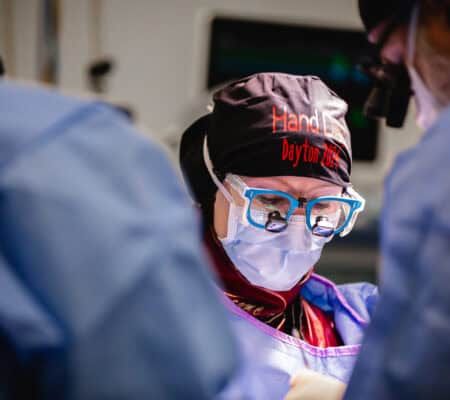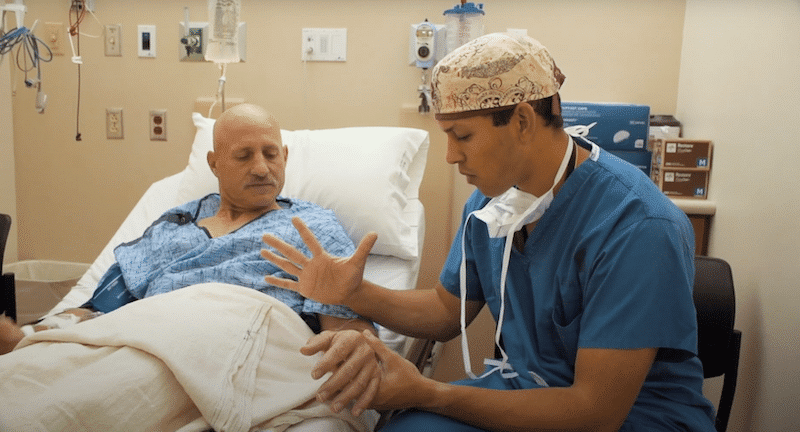Knee pain can stop life without a moment’s notice. We want to help you move beyond your knee pain so you can enjoy your best life.
We offer many kinds of treatments before a knee replacement is recommended. The decision to reconstruct your knee is a collaborative decision between you and your healthcare provider.
Addressing Knee Pain
If you’re experiencing knee pain, especially pain that warrants a knee replacement, you likely are dealing with osteoarthritis. This is the most common problem that leads to knee replacement surgery, leading to the breakdown (degeneration) of joint cartilage—and then bone—in your knees.
Other forms of arthritis, including rheumatoid and traumatic, can also lead to degeneration of your knee joint.
Your doctor may recommend one or more of the following treatments before considering knee replacement:
- Anti-inflammatory medicines
- Assistive walking devices
- Losing weight
- Lubricating injections
- Physical therapy
- Steroid injections
Our Approach to Knee Replacement Surgery
If pain continues or worsens during any of these treatments, or if knee degeneration is extreme, your doctor may recommend knee replacement surgery. The three types of knee-replacement surgeries offered are total knee, bilateral knee, and partial knee replacement.
Although each procedure varies, generally, surgery can take from one to two hours. After the damaged bone and cartilage of the knee are removed, the orthopedic surgeon will place the new knee implant in its place. The patient may be under general anesthesia or have spinal or epidural anesthesia during surgery.
During knee replacement surgery, your joint surfaces are resurfaced and new prosthetic implants are put in that have polypropylene, ceramic, or metal parts.
Types of Knee Replacement
The most common type of knee prosthesis in joint replacement surgery is a cemented prosthesis, which is attached to the bone with epoxy. An uncemented prosthesis is not commonly used; however, it is an alternative option and is attached to the bone with a fine mesh of holes on the surface. Sometimes, a combination of the two types is used to replace a knee.
The prosthesis (artificial knee) is made of the following three components:
- A femoral component (to replace the two femoral [thigh bone] condyles and the patella groove)
- A patellar component (to replace the bottom surface of the kneecap that rubs against the thigh bone)
- A tibial component (to replace the top of the tibia, or shin bone)





